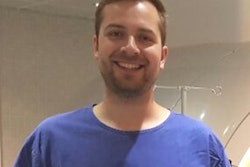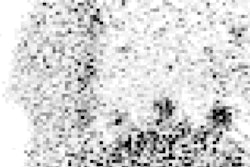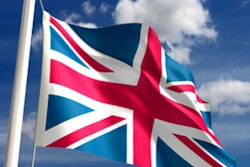Dear Cardiac Imaging Insider,
Cardiac MRI is the method of choice for evaluating myocardial sarcoidosis. Unfortunately, many patients who need to be evaluated for this most common form of cardiac hypertrophy cannot undergo MRI for various reasons -- most commonly the presence of a cardiac device.
Enter dual-energy spectral CT, which French researchers say can easily distinguish sarcoidosis from other similar-looking conditions by measuring myocardial iodine. They tested their technique in patients with cardiac amyloidosis, patients with nonamyloid cardiomyopathy, and a control group. You'll find their interesting results here.
That said, MRI remains unsurpassed for many cardiac applications. The trick, according to a cardiologist in training in Würzburg, Germany, is finding the right imaging modality for the specific clinical need of the patient. When all the different modalities are taken into account, cardiologists can often bring a different focus to the patient's heart disease, he reports. Cardiologists interpret imaging reports in the context of other diagnostic findings from echocardiography and the cath lab, then use cardiac MRI to answer specific remaining questions and hopefully provide better care. For the rest of the story, click here.
Speaking of Germany, another study finds that even short-term sleep deprivation can harm a wide range of functional cardiac parameters in a group of healthy radiology residents at the University of Bonn. Participants in the study -- designed to mimic the real-world effects of sleep deprivation -- underwent cardiovascular MRI strain analysis on a 1.5-tesla scanner. Sleep deprivation not only affected several functional parameters, it was associated with increases in levels of several thyroid hormones and the stress hormone cortisol. These findings may help improve understanding of how workload and shift duration affect public health.
Fractional flow reserve CT (FFR-CT) is building a solid reputation for determining which cases of CT-detected ischemia have a functional impact on the patient, making it possible to assess cardiac anatomy and function in a single, noninvasive exam. In a new study, Belgian researchers compared the use of coronary CT angiography and FFR-CT with coronary CT angiography and referral to the cath lab. The FFR-CT arm led to the saving of substantial time and money, according to an article you'll find here.
Certainly even FFR-CT can be improved, and an international group of researchers from the U.S. and Europe showed how it's done at the RSNA 2016 meeting in Chicago last month. Specifically, their study examined whether the incorporation of a machine-learning algorithm into FFR-CT could outperform more conventional FFR-CT results based on computational flow dynamics. Of course it could. Click here for the results.
New efforts are underway to increase dose awareness among European cardiologists, according to an article from the U.K. But dose-optimization advocates face a very long road ahead before all cardiologists who use radiation have sufficient understanding of dose to protect themselves and their patients, according to the story.
Finally, a team from Budapest studied the effects of alcohol on the coronary arteries. The group found that a drink or two a day does not appear to harm the coronaries. Such news deserves a toast, but the team emphasized that it did not study other aspects of alcohol's effects on the heart, including, for example, atrial fibrillation.
For more news from the heart of Europe, we invite you to scroll through the links below -- here in your Cardiac Imaging Insider.



















